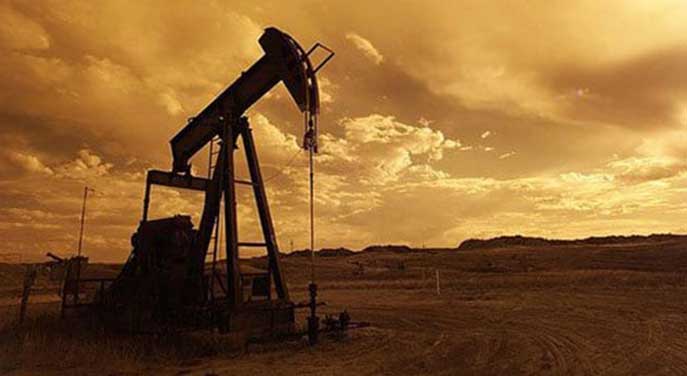By Bruce Lantz
Reporter
Resource World Magazine
Alberta’s economy has taken a beating in recent years, but it isn’t likely to receive the federal equalization payments enjoyed by other disadvantaged provinces.
Equalization transfer payments are made by wealthier provinces to offset financial shortcomings in other parts of the country. The process is entrenched in the Constitution.
The federal government handed out $20.9 billion to Manitoba, Nova Scotia, Prince Edward Island, New Brunswick and Quebec in the 2020-21 fiscal year. The lion’s share, $13.3 billion, went to Quebec.
None went to Alberta. The province would only qualify if its resource revenue fell to zero and its non-resource fiscal capacity declined 12 per cent. Despite the gloomy reports emanating from its oil and gas industry, that isn’t likely to happen.
Alberta will hold a referendum in October to determine public support for the equalization program, Kassandra Kitz, press secretary for Finance Minister Travis Toews, told Resource World magazine.
Alberta hasn’t received an equalization payment since 1964-65.
But between 2014 and 2019, the province made a net contribution of $100 billion to the federal government through taxes. In the past 25 years, Alberta has contributed $400 billion more to the nation in tax dollars than it has received in federal spending.
“Equalization is fundamentally unfair to Alberta,” Kitz said, “pulling billions of dollars out of our province – even during times of economic recession – and funnelling them into provinces with strong, even booming, economies.
“What’s worse, politicians in other parts of the country who benefit from Alberta’s generosity often turn around and attack our economic interests and bring in policies designed to harm our province and our people. … Equalization does not work for Alberta.”
Provinces don’t request equalization payments. The payments, introduced in 1957, are doled out by the federal government based on a fiscal formula that ensures all can provide basic services despite per-capita revenue shortfalls.
When the energy sector works, Canada works by Tom Olsen
Alberta, for example, can raise 70 per cent more in per-capita tax revenue than P.E.I.
Because Alberta has the greatest ability to raise funds, it doesn’t qualify for equalization, said a federal government source.
“Early last year, Alberta was dealt three serious blows: the greatest global economic recession since the Great Depression, an unprecedented drop in energy prices and the COVID-19 pandemic,” said Kitz. “These three things have combined to hit Alberta and our resource-based economy much harder than most other provinces.
“However, Alberta’s fiscal capacity remains significantly above the 10-province average, meaning that Alberta does not expect to qualify for equalization within the foreseeable future.”
The recent cancellation of TC Energy Corp.’s [TRP-TSX, NYSE] Keystone XL pipeline project added to the oil industry’s woes. Yet the Canadian Association of Petroleum Producers (CAPP) says it isn’t worried about equalization funding. In fact, it forecasts a 14 per cent increase in upstream oil industry investment this year.
“The increase in capital spending expected for 2021 (up $3.36 billion to $27.3 billion) signifies a stabilizing of the industry but is still far off the $34 billion of investment the industry saw in 2019,” said CAPP spokesperson Jay Averill.
Averill noted that industry investment has steadily declined since 2014 when it reached $81 billion.
But in its report A Vision for Canada’s Recovery, CAPP cites a 2018 study that indicated the right federal government policies would bring $20 billion annually in investment, 120,000 new permanent jobs, a $45-billion increase in gross domestic product and a $7.5-billion annual jump in government revenues.
“Right now, we believe the industry is at the start of a long road to recovery, the speed of which is dependent on the effectiveness of vaccines and the opening up of economies around the world,” said Averill. “The upstream oil and natural gas sector helped drive the Canadian economy through past recoveries … and the industry is poised to do that again.
“Canadians can continue to count on the oil and natural gas sector and our highly-skilled workforce.”
Courtesy of Resource World Magazine, a Troy Media Editorial Content Provider Partner.
The views, opinions and positions expressed by columnists and contributors are the authors’ alone. They do not inherently or expressly reflect the views, opinions and/or positions of our publication.
© Troy Media
Troy Media is an editorial content provider to media outlets and its own hosted community news outlets across Canada.



